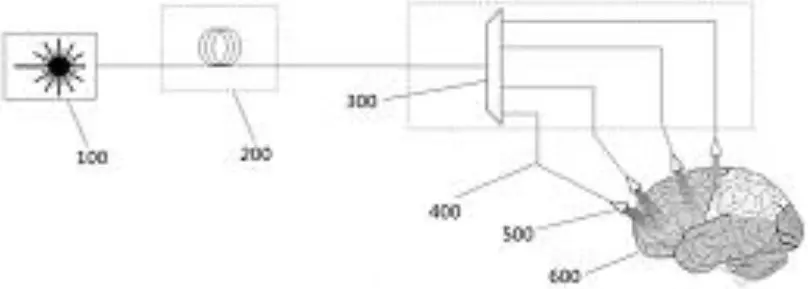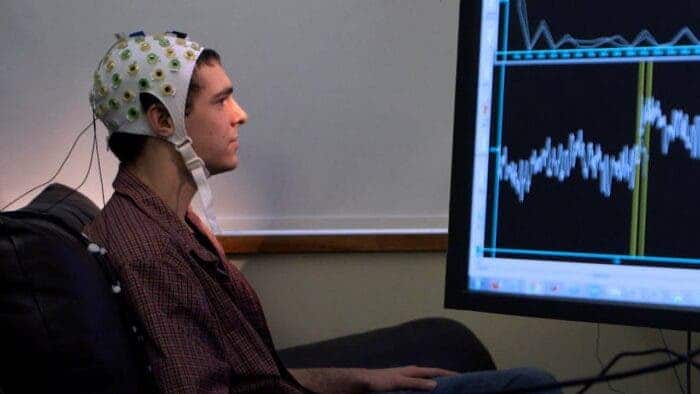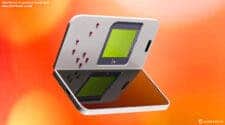Huawei, a Chinese multinational tech company, has recently announced a new patent for a brain-computer interface (BCI) network application. The patent, with application number CN116350174A, was filed in China and is titled “brain-computer network application”. This new patent is a huge step forward in the field of BCI. This area has the potential to revolutionize the way we interact with tech. In this article, we will explore the details of Huawei’s new patent and its implications for the future of BCI.

What is a Brain-Computer Interface (BCI)?
A brain-computer interface (BCI) is a system that allows direct communication between the brain and an external device, such as a computer or a prosthetic limb. The tech works by detecting and interpreting brain signals. The signals are then translated into commands that can be used to control the device. BCIs have the potential to revolutionize the way we interact with tech. This is particularly for people with disabilities who may not be able to use regular input devices such as a keyboard or mouse.
Huawei’s New Patent for Brain-Computer Interface
Huawei’s new patent for a brain-computer network app is a huge step forward in the field of BCI. The patent describes a system that uses a network of sensors to detect brain signals. These signals are then transmitted to an external device. The system is designed to be non-invasive, meaning that it does not require any surgical procedures to be performed on the brain.

The patent also describes a method for analyzing brain signals to determine the user’s intent. This is a crucial step in the development of BCIs, as it allows the user to control the external device with their thoughts. The system is also designed to be adaptable, meaning that it can be customized to suit the needs of many users.
The patent abstract shows that this new patent involves the field of the Internet of Things. The brain-computer interface includes a light source, a time domain delay module, and a wavelength-dependent optical splitting module. It also includes a sensor network as well as a sensor front end. The patent also gives the users of these parts as follows
Gizchina News of the week
- The light source is used to provide a wide-spectrum pulse train
- The time domain delay module is used to convert the broad-spectrum pulse train into a multi-wave pulse train
- The wavelength-dependent optical splitting module is used to decompose the multi-wave pulse train into sparse pulse trains
- The sensor network is used to send the sparse pulsed light train to the sensing point of the sensing front end
- The sensing front end is used to send the sparse pulsed light train to the target brain through the sensing point to obtain sensing info.
Implications for the Future of BCI
Huawei’s new patent for a brain-computer network has huge implications for the future of BCI. The tech has the potential to reform the way we interact with tech. BCIs could be used to control prosthetic limbs. It will allow people with amputations to regain control of their bodies. They could also be used to control wheelchairs. This will allow people with mobility impairments to move around more easily.

BCIs could also have applications in the field of virtual reality (VR). By using a BCI to control a VR headset, users could interact with virtual environments in a more natural and intuitive way. This could have huge implications for industries such as gaming, education, and healthcare.
Challenges and Limitations
While the development of BCIs has the potential to reform the way we interact with tech but there are still a couple of issues that we can not just ignore. These issues need to be addressed if this tech will be a success. One of the biggest issues is the accuracy of the tech. BCIs need to be able to accurately detect and interpret brain signals in order to be effective. This is a difficult task, as the brain is a complex and constantly changing organ.
Another issue is the invasiveness of some BCI techs. Some BCIs require surgical procedures to be performed on the brain. This will not only be risky, it will be very expensive. Non – invasive BCIs, such as the one described in Huawei’s new patent, are less risky but may be less accurate.
Potential uses of Huawei’s BCIs
Here are some potential uses of this tech:
1. Medical Research: BCIs are already used in medical research to study brain function. They are also used to develop treatments for neurological disorders.
2. Gaming: BCIs can also be used in gaming to provide a better gaming experience.
3. Assistive Tech: BCIs can be used in assistive tech to help people with disabilities control external devices.
4. Communication: BCIs could be used to provide a new way of talking for people who are unable to speak. Of for those who are unable to use the regular chat methods.
Final Words
Huawei’s new patent for a brain-computer interface device and info acquisition method has the potential to reform the way humans interact with machines and devices. This tech could have a huge impact on a variety of industries, including medical research, gaming, and assistive tech. While it is still in the early stages of development, it will be interesting to see how this technology evolves and what new applications it will enable in the future. The development of BCIs is also an exciting area of research that has the potential to change lives.





